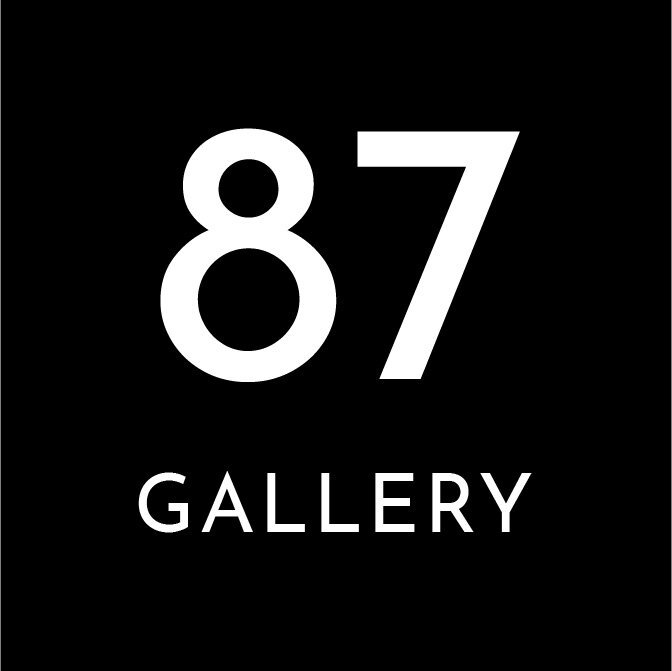TOM MILNES | WEBSITE | INSTAGRAM | RETURN TO TIMES
Local Area Network
Local Area Network is an investigation into the internet infrastructure using cloud-based photogrammetry. Visiting sites at Oxford Brookes University and the surrounding area, Tom Milnes has captured data centres, mobile cell masts, comms rooms in a technological vision of network media. Presented are a series of sculptural responses, video installations and Augmented Reality experiences which map the local network materiality.
“The text in this work (sample left) is a narrative journey through the infrastructure of media- the network objects that rule our tele-communicative lives. These objects are seldom viewed, yet they govern and control much of the information when use, see and hear. This prevalence has ben heightened in the last 12 months , so I think these are particularly important to understanding the materiality of the internet that we are so habitually use.
The text is also a descriptive prose about the physical, surreptitious experience of the physical network objects, that reflects upon the thoughts of data transfer occurring within the machine as I’m photographing them on a smart phone. It all ends up being a technological self-portrait.”
See the full Local Area Network Page here.
Tom Milnes is an artist, curator and AHRC Ph.D. researcher at Falmouth University. He has exhibited internationally including at: Gyeonggi International CeraMIX Biennale - Korea,AND/OR - London, The Centre for Contemporary Art Laznia - Gdansk, and W139 -Amsterdam. Milnes has recently exhibited at FORMAT International Photography Festival 2021 and is a Lecturer in Fine Art at Plymouth College of Art. He is the curator and founder of the online platform Digital Artist Residency.
Milnes’ practice explores the materiality of technology, engaging with the cultural impact ofmedia through quirky errors or hidden subcultures. His recent research concentrates on the materiality of the post-photographic; exposed through glitch practices in 3D photogrammetry and online cultures.





